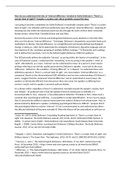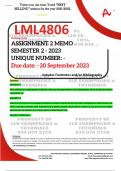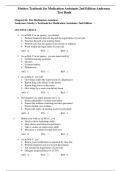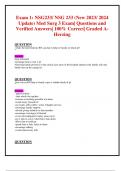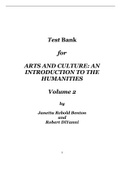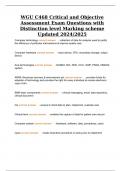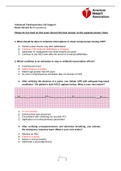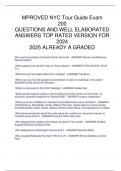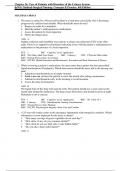Essay
How do you understand the idea of ‘internal difference’ (evoked in Emily Dickinson’s ‘There’s a certain Slant of Light’)?
- Institution
- University Of Sussex (UoS)
A 1st class essay exploring women's trauma and madness in Emily Dickinson's poem 'There's a Certain Slant of Light', Charlotte Bronte's Jane Eyre, Sylvia Plath's The Bell Jar, and Jean Rhys's Wide Sargasso Sea. Thoroughly researched, eloquently written, and fully referenced. Extract: Alas...
[Show more]
